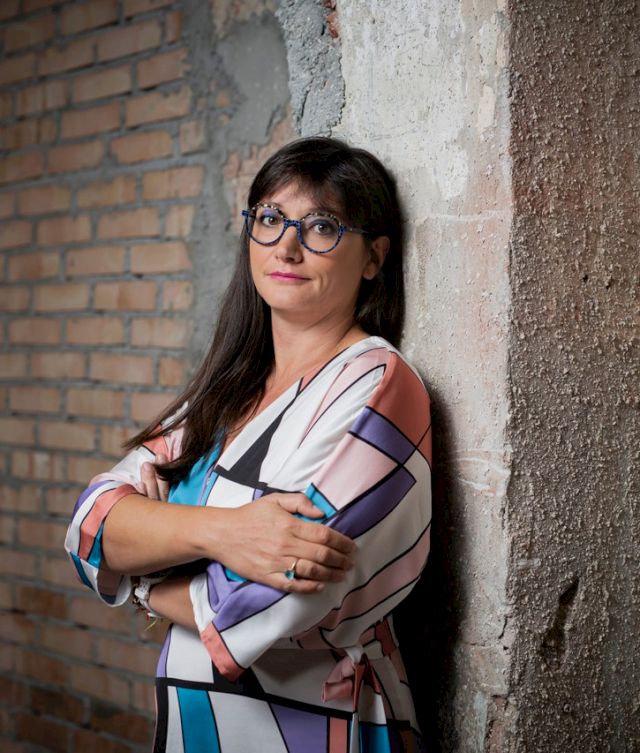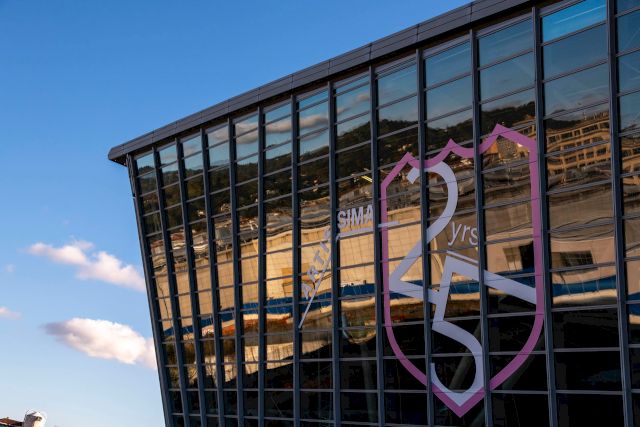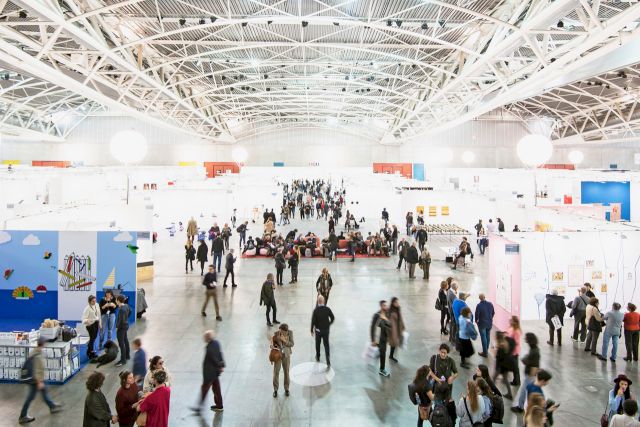BMW Art Guide by Independent Collectors
Ilaria Bonacossa
Director of Artissima

Tell us a little bit about the history of Artissima.
Artissima was founded in 1994 when there were only about 15 important fairs, whereas today there are about 150. Artissima has always had a curatorial approach, for various reasons: because the directors were also curators, and because it was one of the first fairs to include curated sections and conferences, a strategy that has now become mainstream. For example, Artissima launched Back to the Future, the section of the fair for the rediscovery of less famous artists, now at its 10th year. Furthermore, in 26 years the fair has gained a reputation for its focus on experimentation and the pursuit of new artistic visions, for the coexistence of multiple and often contrasting approaches, for the critical scouting eye of gallerists who are writing the future of art history, and for the courage of the curators ready to wager on talent and not on the marketable appeal of artists. Artissima has kept faith with its mission of discovering new talents, on one side, and of supporting the rediscovery of the overlooked ones on the other. For this, we need to thank the great galleries that have kept coming to Torino and believing in the fair, and the Italian and international collectors who are willing to wager on new talent.
How do you, as fair director, ensure that the event stays contemporary and current in the fast-paced world that is the art market?
Artissima is a vital ecosystem composed of galleries that take part in the fair, and partners with whom we activate various special projects, some during the week of the fair and others throughout the year, offering a diverse programme for art world professionals as well as for the general public. Since my appointment in 2017 I have tried to emphasize this 360-degree approach, focusing on the curatorial and experimental character of the event, while also broadening its practice through specific projects developed with our partners and with emerging and established artists. It is interesting to collaborate with artists in the production of new works for a brand, protecting the artist’s freedom while helping the brand gain visibility through contemporary art. These initiatives come about in collaboration with the galleries to create further opportunities for the presentation of their artists to collectors, sector professionals and the general public. I believe it is important to experiment with new approaches, to understand how the fair model can be transformed, making it increasingly responsive to the needs of galleries, the interests of collectors and directors of art institutions. We want to convince them that in the intense worldwide calendar of contemporary art, Torino is an event not to be missed.

Is there something in this year’s program that you are particularly looking forward to?
I am particularly pleased with this 2019 edition for the return of exceptional galleries I admire, for the curators and all art professionals involved in various ways in our committees, juries and off-site projects. This year the fair expands into the city with original and innovative projects, in line with the 'fil rouge' of this edition, the desire/censorship dichotomy. Among others, Abstract Sex: We don’t have any clothes, only equipment will occupy the spaces of Jana, a historic boutique in Torino. Poised between an action of piracy and an exhibition, the project – curated by Lucrezia Calabrò Visconti and Guido Costa – will offer a selection of works focused on the theme of desire in a society impacted by complex gender transformation.
Artissima Telephone, the second off-site project created for and with the OGR – Officine Grandi Riparazioni museum, is a response to the obsessive relationship we all have with our mobile devices and how telephones have transformed social interactions. The exhibition proposes an overview of the telephone as a means of artistic expression, presenting sound and video works selected, with Vittoria Martini, from the artists shown by galleries taking part in the fair.
What do the artworks being presented at this year's fair reveal about the current trends and market?
The works are obviously very diverse both in media and content, from small drawings to augmented reality videos. I feel many share the need to examine the growing anxiety being caused by climate change, or the rise of political radicalisms as well as the questioning of freedom on a global scale. I also feel that collectors are looking to contemporary art as a place in which to invest in the long run and not as a fast cash turnaround – at least the type of collectors who come to Artissima. A new trend is how collectors and gallerists use social media as a way of sharing, in some way turning known collectors or art patrons into contemporary art world ‘media’.

What advice do you have for the collectors that will be attending the fair this year?
As the only fair in Italy to concentrate exclusively on contemporary art, Artissima is the preferred event for both established as well as new collectors from all over the world who are looking to discover new trends. Our galleries’ visions allow collectors to acquire works by artists before they reach their peak prices on the market, I would say 3 to 5 years in advance of the general market. Every year the fair puts the focus on specific artistic topics.
This year the fair will feature Hub Middle East, a new project created in collaboration with Fondazione Torino Musei and thanks to the advisors Sam Bardaouil and Till Fellrath (founders of the curatorial platform Art Reoriented), to offer an overview of the galleries, institutions and artists active in a geographical area of central importance for developments in contemporary society. During the fair, the presence in Torino of the most important representatives of museums and private institutions, as well as collectors, will provide a versatile cutaway view of the most interesting contemporary developments in that territory.
Moreover our VIP programme of hospitality and participation is considered one of the most exclusive on the international art fair scene. Inserted in the unique context of Torino, it offers exceptional moments, special previews to the city’s museums, visits to private collections, and exceptional dining experiences for a memorable stay in the city.
In addition to the programme offered by Artissima, what exhibition or event is on your “must-see” list in Torino?
It is hard to choose… Simon Starling’s solo show on the Avvocato Agnelli is a masterpiece of contemporary storytelling in which contemporary conceptual art and social analysis find a perfect balance. The presentation of Arthur Jafa’s video Love is the Message, the Message is Death, winner of the 47th edition of the PIAC award by Foundation Prince Pierre in Monaco, is breathtaking. It is in the Sala del Senato at Palazzo Madama, activating a short circuit between politics, the representation of otherness and the current rising racism in Italy.
More Information on Artissima